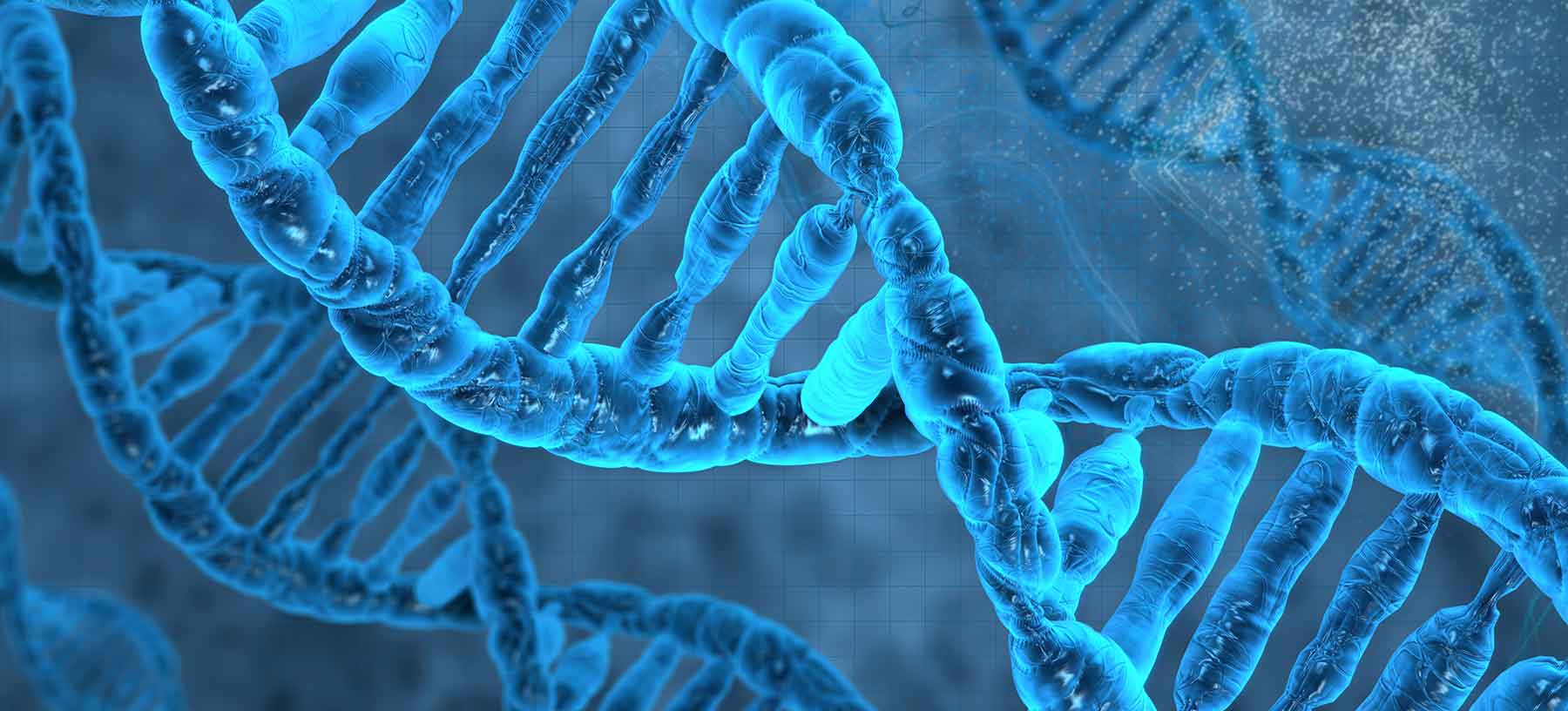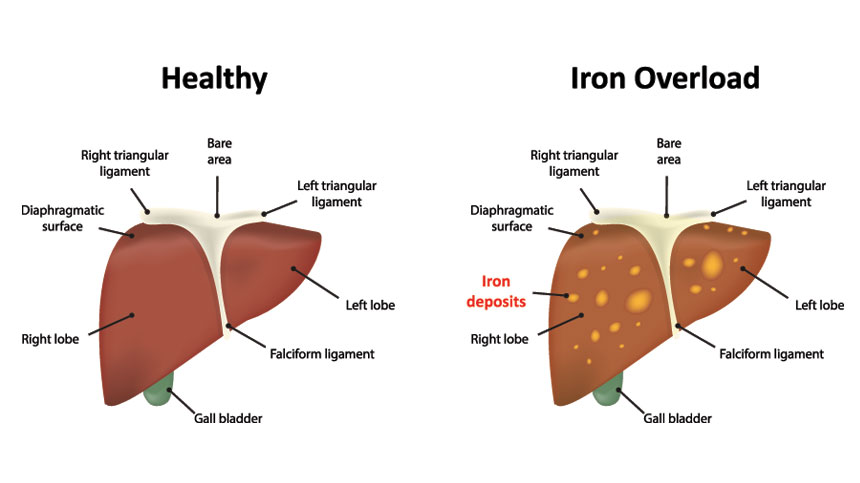What are the Hemochromatosis risk factors?
Several risk factors are associated with an increased chance of developing hereditary hemochromatosis: Family history An individual’s family history can offer clues about the chances of developing hemochromatosis. People with a parent or sibling who [...]
What are the methods for Hemochromatosis treatment?
Hemochromatosis is treated by removing excess iron from the body to bring iron levels back down to normal. Phlebotomy The most common treatment method for hemochromatosis is iron reduction through phlebotomy, which is regular blood [...]
How is Hemochromatosis diagnosed?
Hemochromatosis diagnosis is based on a combination of laboratory and genetic testing results. Genetic testing is used to confirm the diagnosis of hemochromatosis, and laboratory tests such as blood iron tests and liver biopsy can [...]
What are the symptoms of Hemochromatosis?
Although the genetic mutation that causes hereditary hemochromatosis is present at birth, the signs and symptoms of hemochromatosis do not normally appear until later in life, as it takes time for iron to slowly accumulate [...]
What are the different types of Hemochromatosis?
There are four general types of hemochromatosis, which are classified in regards to the age of onset, genetic causes and mode of inheritance. Type 1 hemochromatosis is the most classic and common form of hereditary [...]
What is Hemochromatosis?
Hereditary hemochromatosis, also called iron overload disorder, is a genetic disorder that causes the body to absorb extra amounts of iron from the diet. However, the human body cannot get rid of the extra iron. [...]






